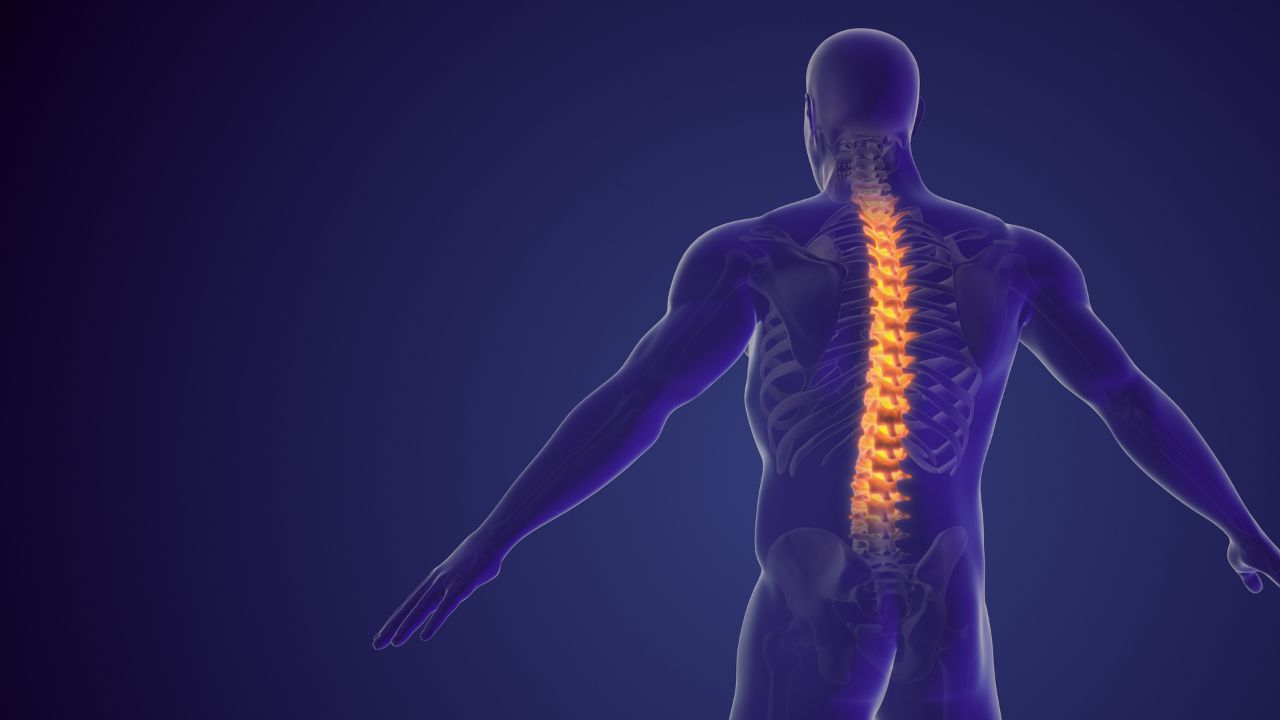
Understanding Mobility Training
Mobility training is a form of exercise that focuses on improving the body's ability to move freely and efficiently. It involves a combination of stretching, strength training, and movement exercises designed to enhance the range of motion in joints and muscles. Unlike traditional stretching, mobility training emphasizes active movement and control, helping to build stability and resilience in the body.
The Connection Between Mobility and Back Pain
Back pain is a common issue that affects millions of people worldwide. While there can be many causes of back pain, poor mobility is often a contributing factor. When our muscles and joints are tight or weak, it can lead to imbalances and compensations in the body, putting extra stress on the spine and surrounding tissues. Over time, this can result in chronic pain and dysfunction.
Improving mobility through targeted training can help alleviate back pain by addressing these underlying imbalances. By increasing flexibility and strength in key areas like the hips, shoulders, and core, we can reduce strain on the back and promote healthier movement patterns. This, in turn, can lead to reduced pain and improved overall function.
Mobility Exercises for Back Pain Relief
If you're struggling with back pain, incorporating mobility training into your routine can be a powerful tool for finding relief. Here are some exercises to try:
1. Cat-Cow Stretch: This gentle spine mobilization exercise helps to improve flexibility and reduce tension in the back muscles. Start on your hands and knees, then alternate between arching and rounding your spine as you inhale and exhale.
2. Hamstring Stretches: Tight hamstrings can contribute to back pain by pulling on the pelvis and lower spine. Try lying on your back with one leg extended and the other bent, then gently pull the extended leg towards you until you feel a stretch in the back of the thigh.
3. Hip Openers: Tightness in the hips can also lead to back pain by altering your posture and gait. Incorporate exercises like the pigeon pose, thread-the-needle stretch, and seated hip rotations to improve mobility in this area.
4. Core Strengthening: A strong, stable core is essential for maintaining proper spinal alignment and reducing back pain. Focus on exercises that target the deep abdominal muscles, such as planks, bird dogs, and dead bugs.
5. Thoracic Spine Mobilization: Stiffness in the upper back can contribute to pain and dysfunction throughout the spine. Try exercises like thoracic rotations, thread-the-needle stretches, and foam rolling to improve mobility in this area.
Tips for Incorporating Mobility Training
When starting a mobility training program for back pain, it's important to approach it gradually and listen to your body. Here are some tips to keep in mind:
1. Start slow and build up gradually. Don't try to force your body into positions that cause pain or discomfort.
2. Focus on proper form and technique. If you're unsure how to perform an exercise correctly, seek guidance from a qualified professional.
3. Be consistent with your practice. Aim to incorporate mobility training into your routine at least a few times per week for best results.
4. Combine mobility work with other forms of exercise, such as cardiovascular training and strength training, for a well-rounded approach to back pain management.
The Bottom Line
Mobility training can be a highly effective tool for managing and preventing back pain. By improving flexibility, strength, and control in key areas of the body, we can reduce strain on the spine and promote healthier movement patterns. If you're struggling with back pain, consider incorporating mobility exercises into your routine under the guidance of a qualified healthcare professional. With consistency and proper technique, you may find significant relief and improved overall function.
 Mobility trainingHome Fitness RecoverySports Injury PreventionPersonal Physical TherapyOrthopedic SolutionsPrivacy PolicyTerms And Conditions
Mobility trainingHome Fitness RecoverySports Injury PreventionPersonal Physical TherapyOrthopedic SolutionsPrivacy PolicyTerms And Conditions
